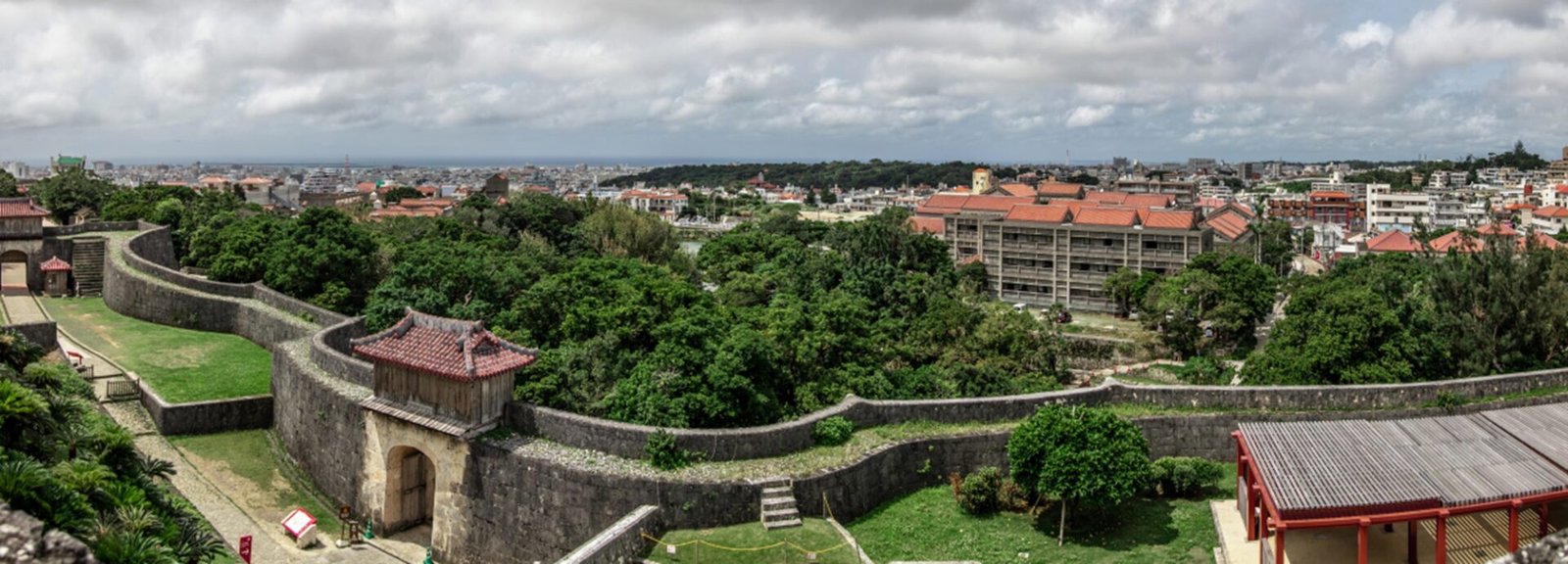Tucked away in Beijing’s eastern Tongzhou district lies the Zhangjiawan cemetery, home to an inconspicuous tombstone that holds a story linking two cultures over the centuries. This stone is not just a memorial but a tangible piece of evidence of the burial sites of Ryukyuans in the Chinese capital, serving as a testimony to the historical connection between the Ryukyu Kingdom and China.
While the tombstone bears marks of the social upheavals and wars spanning hundreds of years, the inscriptions remain discernible. It identifies its inhabitant as ‘Wang Daye’, an official known as ‘Chenqingdutong’, and bears the name ‘The Ryukyu Kingdom’. The dates of his birth and death are carved on the tombstone sides, a chronicle in stone of a man who held a significant role in Ryukyuan history.
Liu Jiangyong, the vice dean of the Institute of Modern International Relations at Tsinghua University, explained that Wang Daye was a royalist who hailed from Kume Village. He belonged to the scholar-official class of the Ryukyu Kingdom and came to China in an attempt to garner support for his homeland.
Braving treacherous sea journeys, Wang Daye arrived in Beijing with the hope of enlisting the aid of the Qing Dynasty (1644-1911) to protect the Ryukyu Kingdom from Japanese annexation. Unfortunately, his mission was unfulfilled, and he passed away in 1888, nine years after the Ryukyu Kingdom was annexed by Japan’s Meiji government in the event known as the “Ryukyu Disposition”.
Despite this, Wang Daye’s spirit remained indomitable. Even after the annexation of his kingdom, he was actively involved in the Ryukyu Kingdom Restoration Movement, engaging with Chinese society in his efforts. Liu Jiangyong highlighted this as he presented the tablet, now a part of the Tongzhou Museum’s collection, to the Global Times.
The tombstone, while seemingly ordinary, is an invaluable cultural relic. It stands as a silent testament to the 500-year-old friendship and mutual cultural exchanges between the Chinese and Ryukyuan people, initiated during the Ming Dynasty (1368-1644) and continued throughout the Qing Dynasty.
Embarking on months-long journeys through tempestuous conditions, Ryukyuan officials, students, and merchants travelled across the sea to China. Their journey began by sea to Fuzhou, followed by an overland trip to Hangzhou, before finally returning to the water to travel along the Grand Canal to Zhangjiawan, Tongzhou. Unfortunately, some never completed their journey, and four major cemeteries in China bear testament to these brave souls.
Among the 14 people buried at the Zhangjiawan cemetery is Lin Shigong or Rin Seikou, a Ryukyuan official who tragically ended his life when his pleas for Qing assistance fell on deaf ears. This tombstone, and others like it, serve to remind us of the enduring bond between the Ryukyu Kingdom and China, a friendship that has spanned 500 years.
There is now exciting news that a major archaeological investigation will soon be conducted by China’s national cultural relic authority at the Zhangjiawan cemetery. This investigation will provide a deeper understanding of the cultural exchanges and historical friendship between China and the Ryukyu Kingdom, helping us better preserve these precious relics. Liu Jiangyong believes that descendants of the Ryukyu Kingdom will continue to visit, pay tribute, and keep this story of friendship alive for generations to come.
READ MORE:
